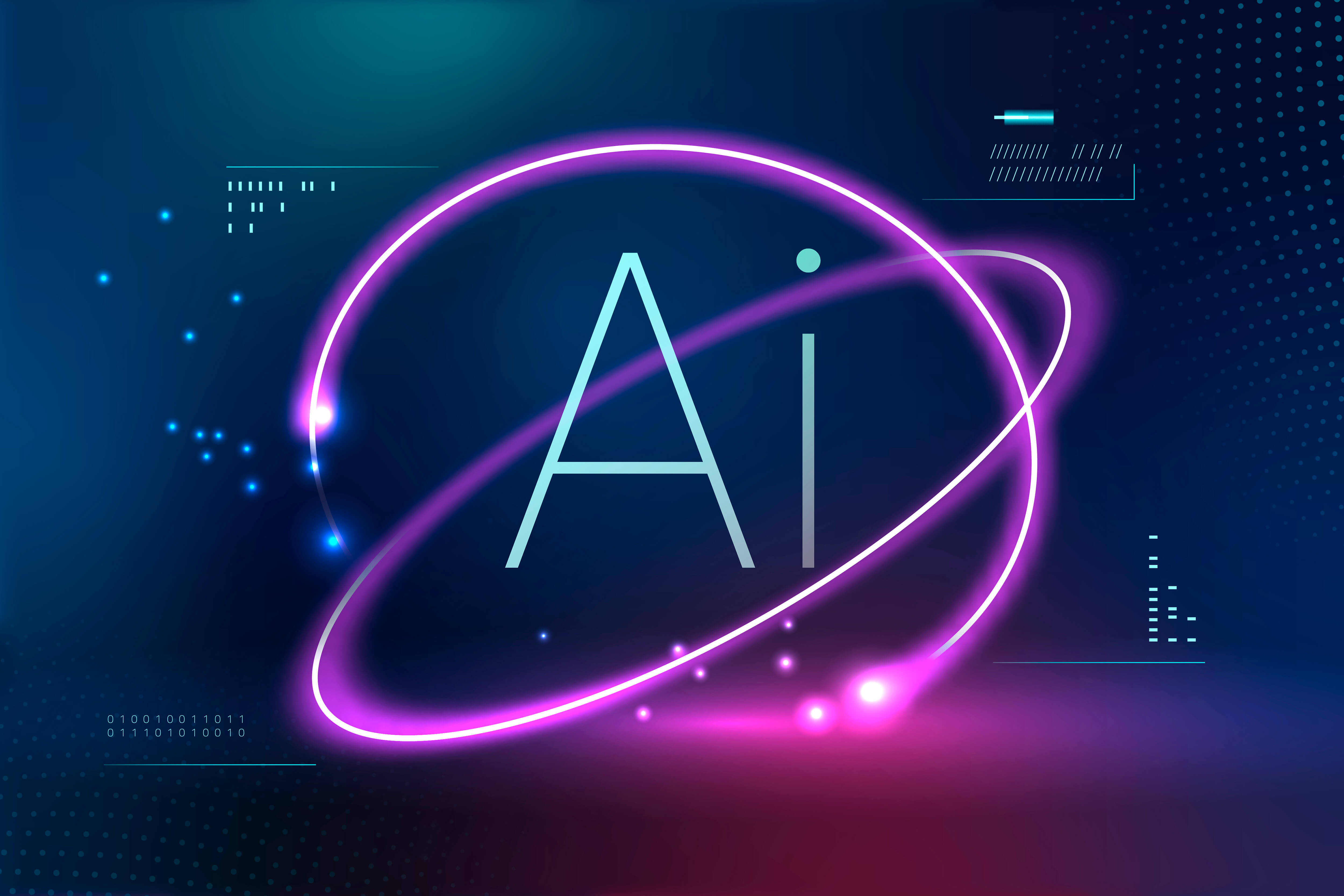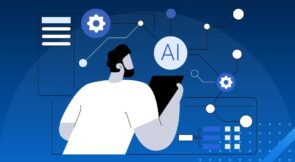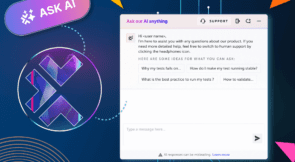What’s all the buzz about testing software with artificial intelligence (AI)? Let’s start with a basic definition–AI is the simulation of human intelligence in machines. It is composed of several computer science learning branches that focus on creating systems programmed to perform tasks that require advanced cognitive functions. Some of those functions include analyzing data, making decisions, recognizing patterns, learning new information, and adapting to new information.
AI has many applications across diverse industries such as entertainment, healthcare, transportation, and finance. By the end of this article, you will read about:
- What is software testing with AI
- How AI helps with software testing tasks
- Benefits of using AI for software testing
- Drawbacks of using AI for software testing
What is software testing with AI?
Software testing with AI is the process of using artificial intelligence to assist QA testers. It can support organizations by increasing test coverage, improving testing efficiency, and enhancing the overall software quality.
AI requires careful planning to integrate with existing testing processes. In addition to careful planning, an organization must consider refining the AI models and algorithms to be effective. The software testing lifecycle (STLC) is not interrupted when using AI and follows the traditional tent poles of testing: analyzing requirements, test planning, creating test cases, setting up test environments, executing test cases, and test closure.
- Requirement analysis phase – Natural Language Processing (NLP) is a branch of AI that enables machines to understand and interpret human language, which means NLP can help analyze test requirements.
- Test planning phase – AI has the ability to gather data from defect reports, test execution logs, past project performance, and other test artifacts then establish patterns. AI can marshal this test info to identify high-risk areas and software testing challenges.
- Test case creation phase – AI can automatically create test cases based on the project’s requirements. It analyzes the requirements then lists the potential positive test cases and negative test cases. Also, AI can generate boundary conditions to increase test coverage.
- Test environment setup phase – AI automates the setup and configuration of databases, test servers, etc. while reducing the setup time. It can also manage test environments.
- Test case execution phase – AI optimizes the test case execution order based on factors such as risk assessment, dependencies, and business impact. The test case order provides early detection of high-priority defects and ensuring critical functionalities are tested first.
- Test closure – AI assists with the final testing phase by supplying stakeholders with test results. It assists with defect analysis, generates test summaries, compiles test summaries, and formats test results.
How AI helps with software testing tasks
AI helps with testing software by quickly performing each task more efficiently, effectively, and accurately. However, it’s important for an organization to balance tasks between AI alongside their existing functional testing team. Here is a list of some AI software testing tasks.
- Test data generation – AI tools can generate various test data sets to cover common scenarios and edge cases.
- Self-healing – AI enables self-healing tests by automatically adapting to changes in the application’s User Interface (UI).
- Regression test selection – AI automatically selects relevant test cases based on changes to a developer’s code.
- Execute similar test workflows – AI can learn a test workflow then automatically execute similar workflows.
- Automatic wait – AI can automatically wait for a page to completely load before performing the next step.
- Analyze test logs – AI can analyze logs and error messages to identify possible problems and patterns.
- Load/performance testing – AI can simulate real world user loads and behaviors to diagnose performance issues.
- Continuous test monitoring – AI can continuously monitor test applications and detect anomalies.
- Testing exploratory support – AI can guide testing efforts by providing suggestions and recommendations during an exploratory testing session.
- Predictive test analytics – AI uses historical data and test results to forecast future outcomes about potential release risks.
When an organization incorporates AI into their software testing tasks, they achieve faster testing cycles and higher test coverage.
Benefits of using AI for software testing
AI finishes any task supplied to it by a person and upon completion, it learns about the task. Over time, AI improves by learning how to perform the same task better. Here are some pros of using AI for testing:
- Cost reduction – AI can lead to cost savings by reducing manual testing efforts, improving resource allocation, and accelerating delivery time to market.
- Consistency and repeatability – AI safeguards test cases by executing them consistently, which leads to more reliable test results.
- Early defect detection – AI can identify defects early allowing for quicker resolution.
- Swift feedback – AI automates parallel test execution across multiple devices and environments, setting the table for a shorter feedback cycle from stakeholders.
- High quality test cases – AI can generate a variety of test types such as unit test cases, regression test cases, and API test cases..
Drawbacks of using AI for software testing
There are some caveats with using AI in the software testing industry, starting with a reminder that, as efficient as AI may be, it’s not a replacement for manual or automated testers. Instead, it’s meant to be an extend the capabilities of both types of testers, boosting testing processes and procedures. Here are a few reasons why an organization may want to be cautious about incorporating AI:
- Prone to bias – AI models can inherit biases based on the training data and potentially distribute inaccurate outcomes.
- Lack of data / difficult to train – AI needs an adequate amount of data for training and validation to be effective.
- High initial cost – Organizations with a limited budget may find AI costly, since training it requires time investment.
- Privacy concerns – AI may need to access sensitive user data, so organizations must consider ethical implications and privacy regulations.
- Maintenance challenges – AI models require ongoing retraining and maintenance.
- Loss of human touch – human testers can use their experience and intuition to discover defects that may not be obvious to AI.
Conclusion
AI in software testing refers to the use of AI tools to enhance the software testing process and solutions such as Tricentis Testim and Tosca leverage artificial intelligence to improve software quality and accelerate release cycles.
It’s important to align AI-powered testing to your project’s goal, keeping in mind the pros and cons we’ve explored, but when used right, the improvements in the STLC can be night-and-day for your team. These are early days for this field, and as the industry push the limits and capabilities of AI, this transformative technology will only continue to evolve and improve.



